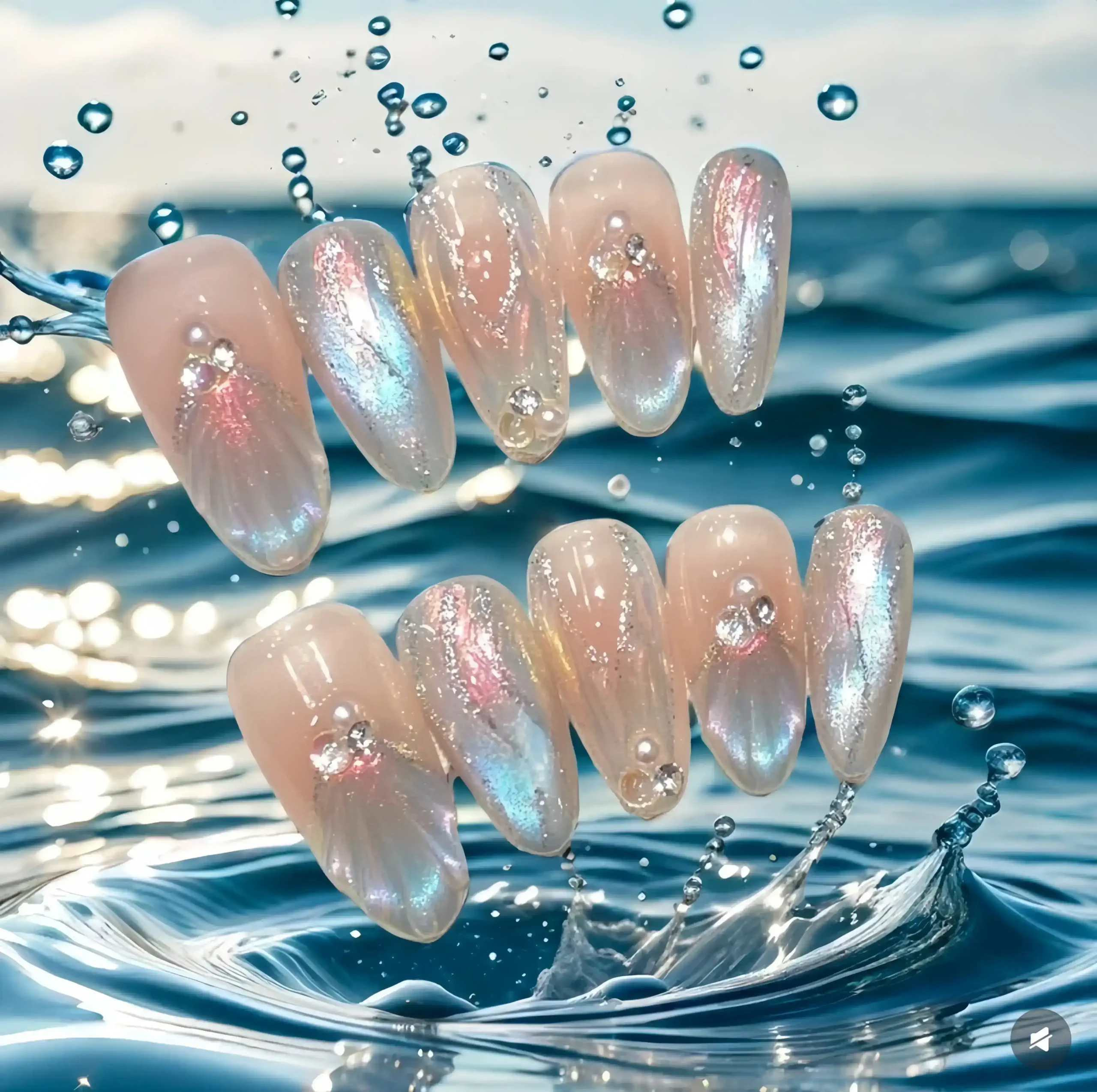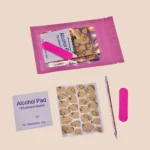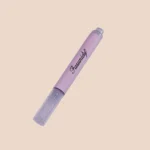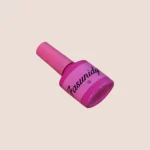In the world of modern nail art, fake nails have become a popular trend. However, concerns over the environmental and health impacts of traditional fake nail materials are growing. As environmental awareness increases, eco-friendly fake nail materials are emerging, transforming the industry and steering it towards a more sustainable future.
The advent of eco-friendly fake nail materials represents a significant improvement over traditional options. While acrylics and gel nails are known for their durability and aesthetic appeal, they often release harmful chemicals during production and use, posing risks to both health and the environment. Eco-friendly materials aim to address these issues by incorporating safer, more sustainable components.
Biodegradable materials are a notable innovation in eco-friendly fake nails. Made from natural ingredients like corn starch or tapioca starch, these materials decompose naturally in the environment, reducing long-term pollution. Additionally, some fake nails are crafted from renewable resources, such as bamboo fibers or plant-based fibers, which not only come from sustainable sources but also significantly lower carbon footprints during production.
Non-toxic resin is another sought-after eco-friendly option. These resins are free from harmful substances like formaldehyde and toluene, offering a healthier alternative for users. Compared to traditional materials, non-toxic resins present fewer health risks and are more environmentally friendly.
The advantages of eco-friendly fake nail materials are clear. They help to minimize health risks and lessen environmental impact. Once their lifespan is over, these materials break down naturally, avoiding the persistent pollution caused by conventional plastics. Moreover, these materials offer greater design flexibility, catering to a wide range of personalized nail art needs.
As environmental consciousness rises, the demand for eco-friendly fake nail materials is also increasing. More and more nail brands are introducing eco-friendly lines to meet consumer demand for green beauty solutions. This trend is not only driving the industry’s sustainable development but also providing nail designers with innovative creative opportunities.
Overall, the rise of eco-friendly fake nail materials signifies a crucial shift in the nail art industry. They offer a healthier, more sustainable option while demonstrating respect and protection for the environment. With ongoing advancements in technology and market growth, eco-friendly fake nails are set to continue leading the way in the industry, offering consumers more green and beautiful choices.






